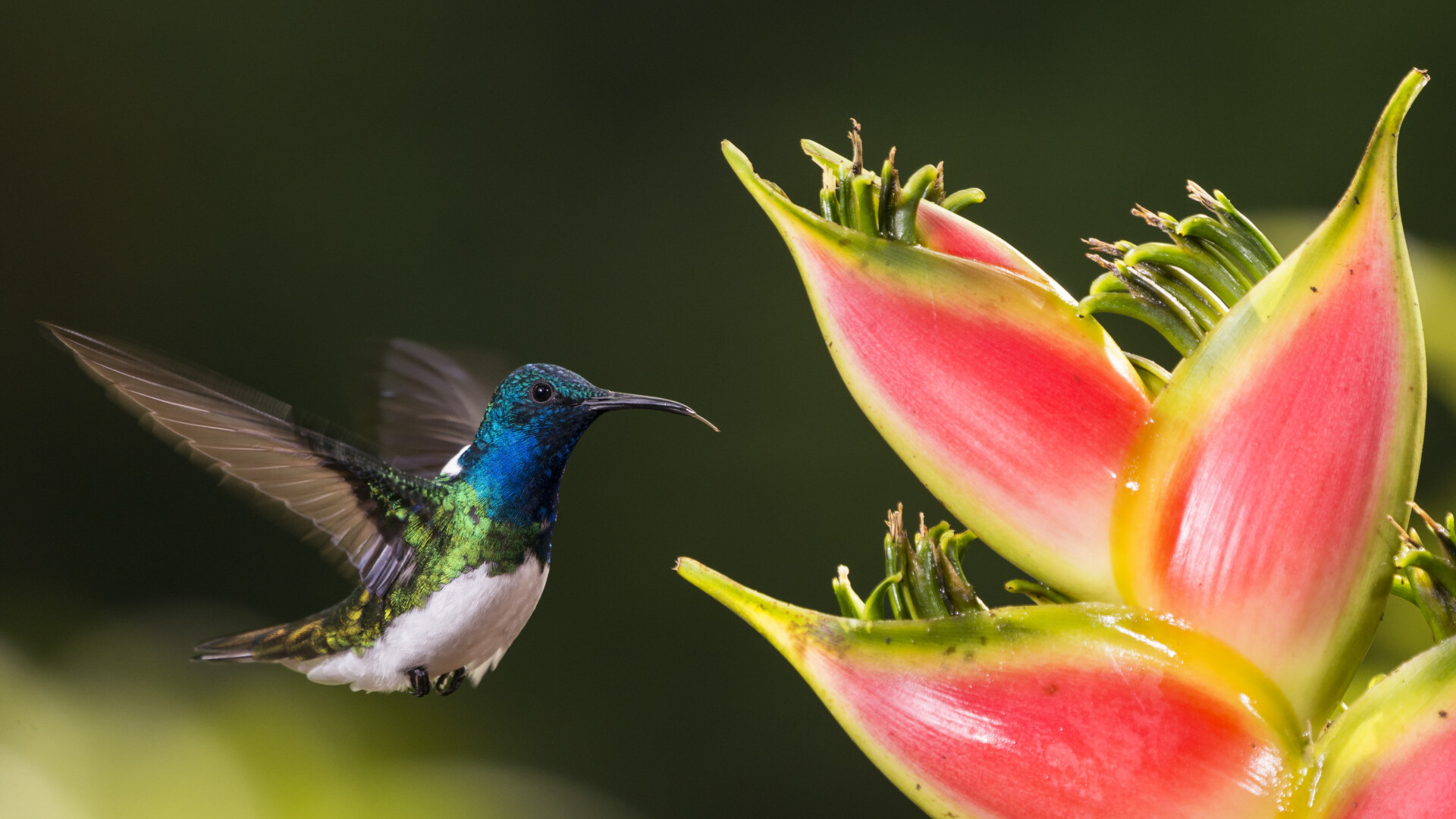Biodiversity - the next big business trend in the Americas
The Global Biodiversity Framework will create both challenges and opportunities for businesses in the Americas, writes Claudia de Windt, Executive Director of the Inter-American Institute for Justice and Sustainability...

The Global Biodiversity Framework will create both challenges and opportunities for businesses in the Americas, writes Claudia de Windt, Executive Director of the Inter-American Institute for Justice and Sustainability…
Our planet’s nature is being destroyed at a record pace. As the global economy grows, so does the damage we inflict to the earth’s ecosystems. It’s believed that 1 million species are now under threat of extinction. The fast-paced biodiversity loss is also a major business risk. But companies in the Americas embrace biodiversity and nature in their corporate strategy may turn risk to value.
Why biodiversity matters
The added prefix from the Greek “bio” to “diversity” gives meaning to variety of life on earth. Biodiversity is the marvellous life fabric billions of years in the making that supports our very existence. People, air, water, soil, forest and more than 8.7 million species form a safety net on land and water. Biodiversity benefits people beyond wellbeing and livelihoods. It contributes to security, resilience and enables social relations, health, freedom of choices and actions.
Negotiators from 196 governments closed 2022 agreeing to halt the loss of biodiversity in the Kunming-Montreal Global Biodiversity Framework – known as the GBF. The agreement will probably lead to more nature business and finance regulation but also in opportunities for companies and investors willing to step up in the Americas. Business must create coherent corporate dialogue and strategies for biodiversity and nature risk.
Over half the world’s GDP is moderately or highly dependent on nature and its services. Unfortunately, this is not reflected in corporate strategies. 40% of the world’s largest public companies have net zero targets yet less than 20% of S&P 500 companies have made biodiversity commitments. That’s despite the fact that biodiversity is a frontrunner in the most severe world risk list, the ninth contender over the next two years, moving up to fourth in the next decade.
How did we get here? In 2019, the most comprehensive biodiversity assessment to date, found that 1 million species are threatened with extinction. Human induced, well documented faster changes in biodiversity in any time in history are creating significant risk.
For decades the five causes of nature loss have been well known. Changes in human use of land and sea have fragmented natural habitats. That contributes to the second culprit – the climate crisis. The remaining three are exploitation of natural resources, pollution, and invasive alien species. This model contributes to the climate crisis while simultaneously, a large percentage of climate impacts in Americas are experienced in transformed land and sea ecosystems - a vicious cycle.
Nature loss doesn’t just create risk for businesses that depend directly on nature. Other companies that indirectly impact nature or whose stakeholders need nature, will also be affected. Disruptions in supply, asset exposure to extreme events, resource scarcity social conflicts or legal action are just some of the ways that biodiversity loss could hit a business. Social vulnerabilities such as inequality increase the region’s susceptibility to biodiversity, exacerbating the consequences of nature loss. 32% of the world’s socio-environmental conflicts occur in the region, increasingly due to business resource use and extraction.
Most countries in the Americas are using nature more intensively than the global average. What’s more, they are also exceeding nature’s ability to renew its contributions. So how do we shift from a risky business to the good business of biodiversity?
Be part of the solution
At Montreal, countries committed to updating their National Biodiversity Strategy and Action Plans and showing progress on four global goals and 23 targets by 2050. Commitments hint forthcoming regulatory action on business and finance nature-related disclosure & data, due diligence obligations and supervision, biodiversity risk management guidance and nature-based sustainable finance policy. This could mean hurdles but also represent opportunities.
The Americas is highly biologically, culturally and socioeconomically diverse. It is home to seven of the 17 most biodiverse countries and some of the most extensive wilderness areas on the planet. The economic value of terrestrial nature’s contributions to people in the region is estimated at least $24.3trillion per year, which is roughly equivalent to the region’s gross domestic product.
Agricultural production, fisheries and aquaculture continue to increase food provision for the region and the planet. Nature-based sourced energy, including biofuels and hydropower at the local level is increasing and so is dependence on infrastructure. Latin America is the largest global exporter of food and one of the largest traders in bioenergy. Critical minerals and metals for energy transition are concentrated in regions and countries of the Americas.
The region’s natural and water capital can widen financing and investment options, increasing capital flows and reducing debt. Businesses within key sectors (blue economy, agribusiness, energy and infrastructure, minerals and metals and financing) have been operating with transnational regulatory implications for decades. This shows that the business/nature nexus can be an asset rather than a liability.
We need corporate strategies that evaluate competing social, economic, and ecological interests. Environmental and social governance of nature risks becomes a safeguard for investors. To partner with governments in building back biodiversity from agreement to action, the first step for businesses is acknowledging their relationship with nature. Identifying risk throughout supply chains, key performance indicators and monitoring to address financial and stakeholder needs through sustainability, transparency, and accountability. In turn governments must place incentives adequately. Businesses should get ready and embrace change. Integrating biodiversity is just plain good business.
A version of this article was first published in Diplomat Magazine